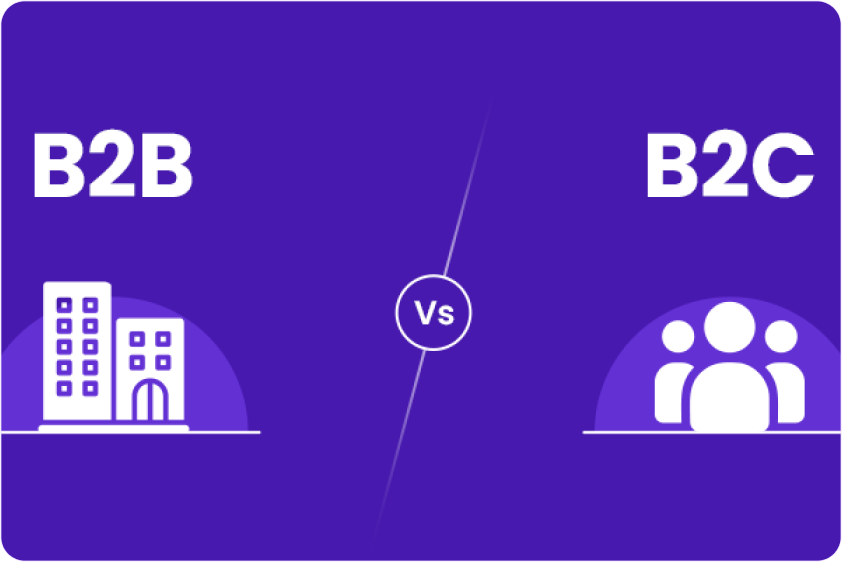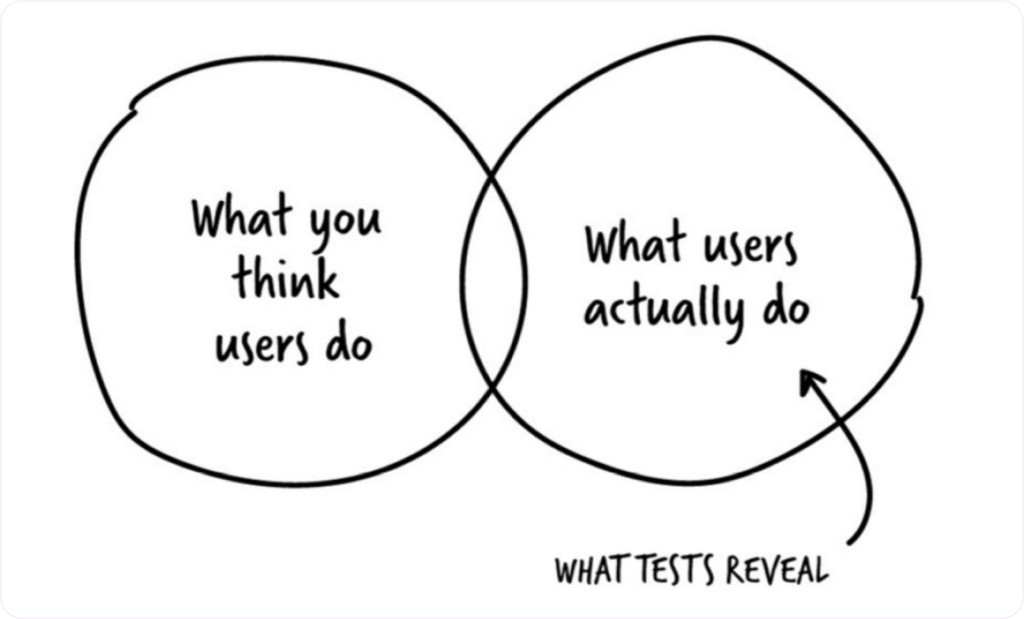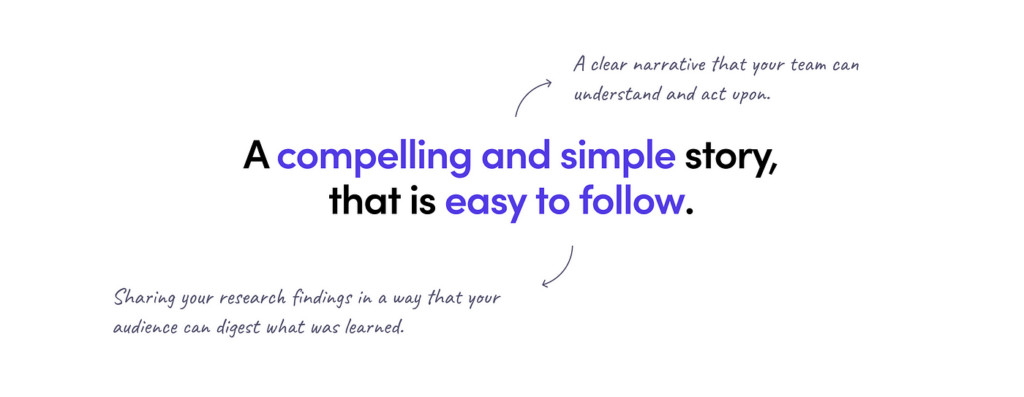What is User Research?
User research is the process of understanding the behaviors, needs, and motivations of users through various research methods. These methods can include surveys, interviews, usability testing, and ethnographic studies. By gathering insights directly from users, designers can make informed decisions that lead to better, more user-centered designs.
User research helps designers empathize with their audience, uncover pain points, and identify opportunities for innovation. Without it, the design process can become a guessing game, often leading to products that fail to meet user expectations.

Why user research is essential?
Informed Design Decisions: User research provides designers with data-driven insights, allowing them to make informed decisions rather than relying on assumptions. This leads to designs that are more likely to meet user needs and expectations.
Efficiency and Cost Savings: By identifying potential issues early in the design process, user research helps prevent costly redesigns and revisions. It ensures that resources are used efficiently, focusing efforts on features and functionalities that truly matter to users.
Improved User Satisfaction: Products designed with user research are more likely to satisfy users, leading to increased engagement, loyalty, and positive word-of-mouth.
Competitive Advantage: In a crowded market, user-centered designs stand out. By prioritizing user research, companies can create products that offer a superior user experience, giving them a competitive edge.
Skipping user research can lead to products that miss the mark, fail to resonate with users, and ultimately, underperform in the market.
User Research in B2B vs. B2C
User research plays a vital role in both B2B (Business-to-Business) and B2C (Business-to-Consumer) contexts, but the approaches and focus areas differ significantly.

B2B User Research
In B2B design, the focus is on understanding the needs of entire organizations rather than individual users. The decision-making process in B2B is often complex, involving multiple stakeholders with different priorities and requirements.
For example, when designing a software tool for businesses, user research might involve understanding specific industry workflows, compliance requirements, and integration needs. The goal is to create a product that not only meets the functional requirements of the business but also aligns with its strategic objectives.
B2C User Research
B2C user research, on the other hand, focuses on individual users and their personal needs, preferences, and behaviors. Emotional factors, usability, and personalization are often more critical in B2C design.
For example, when designing a mobile app for consumers, user research might explore how users interact with the app, what features they find most valuable, and how the design can create an emotional connection with the user. The aim is to create a product that is not only functional but also enjoyable and engaging.
While the core principles of user research remain the same in both B2B and B2C contexts, the methods and goals can differ. B2B research may require more in-depth analysis of workflows and organizational needs, while B2C research often focuses on individual user experiences and emotional engagement.
Understanding these differences is crucial for designers, as it allows them to tailor their research approach to the specific needs of their target audience.
Statistics on User Research in UX Design
To underscore the importance of user research, let’s look at some statistics:

- Success Rates: According to a study by the Nielsen Norman Group, products that incorporate user research are significantly more successful, with a success rate of 90% compared to just 50% for products that skip user research.
- Designer Adoption: A recent survey by Adobe found that 76% of UX designers regularly conduct user research as part of their design process. Of those who do not, 45% reported that their projects often face challenges related to user dissatisfaction or usability issues.
- Impact on ROI: Research by Forrester found that companies that prioritize user research see an average ROI of 301% from their UX design efforts. This demonstrates the tangible value that user research can bring to a business.
These statistics highlight the clear benefits of incorporating user research into the design process. By understanding users’ needs and preferences, designers can create products that not only perform well but also drive business success.
Case Studies and Examples
To illustrate the power of user research, let’s consider a few examples:

- Slack: The popular communication platform Slack is a prime example of a product designed with user research at its core. By conducting extensive interviews and usability tests, Slack’s designers were able to create a tool that meets the needs of both individual users and large organizations. This user-centered approach has been a key factor in Slack’s widespread adoption and success.
- Dropbox: Dropbox’s design team conducted user research to understand how people manage and share files across devices. This research led to the development of a simple, intuitive interface that has made Dropbox a favorite among consumers and businesses alike.
These examples demonstrate how user research can lead to innovative, user-friendly products that resonate with their target audience.










 by ideoz
by ideoz